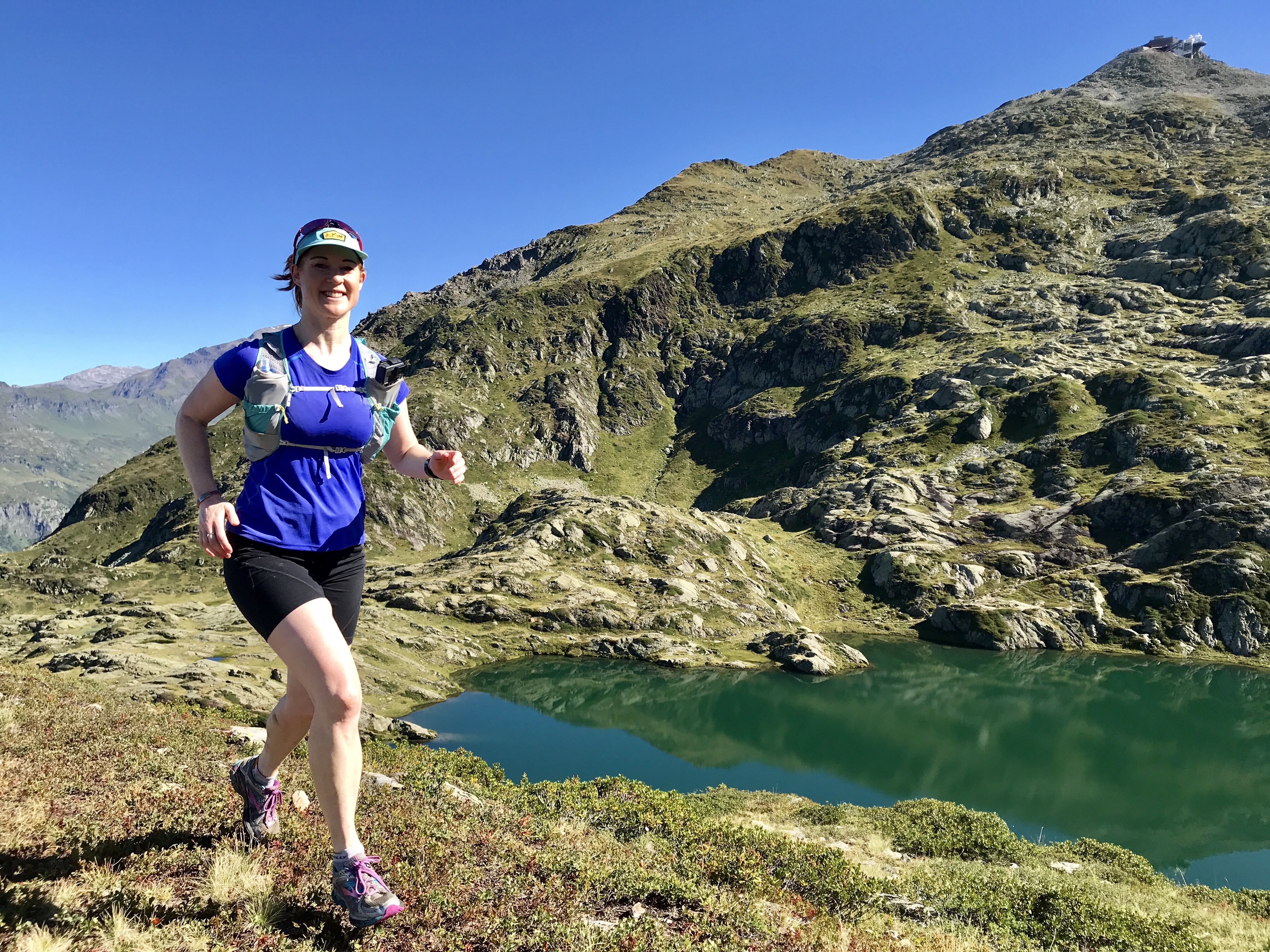How to save money on ultra running
Hooked on ultras but short on cash? Try our 15 top tips to run further for less
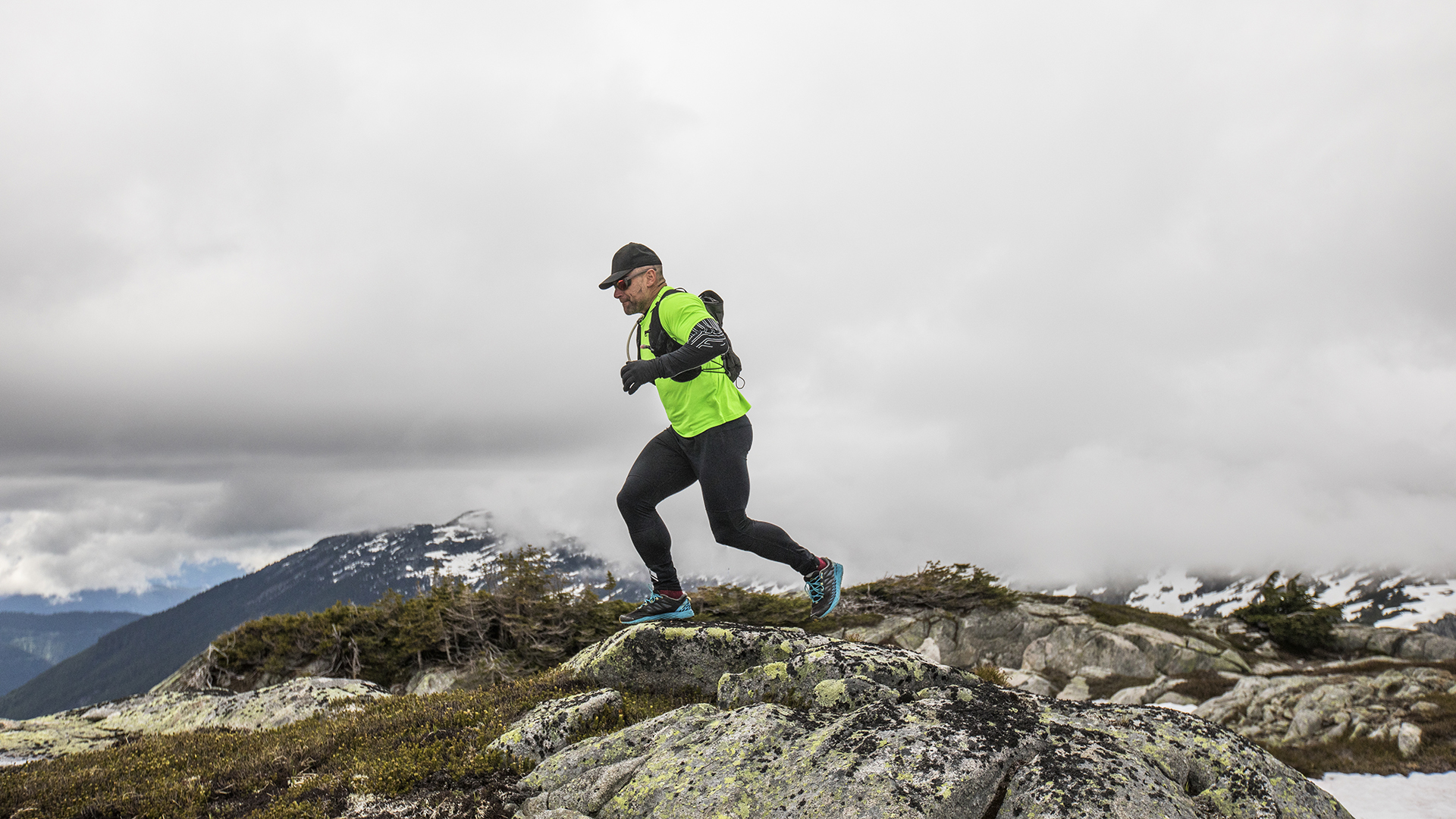
You start off thinking running is a fairly low-cost activity – a pair of running shoes, a sports bra, some light, breezy clothing. Then you discover ultra running and its bottomless wishing well of ‘essential’ gear. The mandatory kit list for events alone seems to run into the hundreds, and when added to race fees, travel, accommodation and sports nutrition – not to mention that GPS watch your favorite Runstergrammer is currently dangling all over their socials – you could easily be facing a cool thousand per big event.
But let’s reel it back a notch. We're in a cost-of-living crisis here – so let’s have some nice, relaxing, wallet-fattening ideas from Basil Heaney, founder of Into Ultra. This is a new organization seeking to improve inclusivity and help under-represented groups get to the start line by covering the costs for those less able to afford it. Maybe you qualify for their help? Either way, these top 15 tips to run ultras for less will help you out.
1. Race local
There are so many ultra events now that most of us don’t have to travel far to one. Racing locally saves on the cost of travel and accommodation and also reduces emissions, which is a big win for the environment. It can also mean that race day is less stressful and makes it easier for friends and family to support you on the trail.
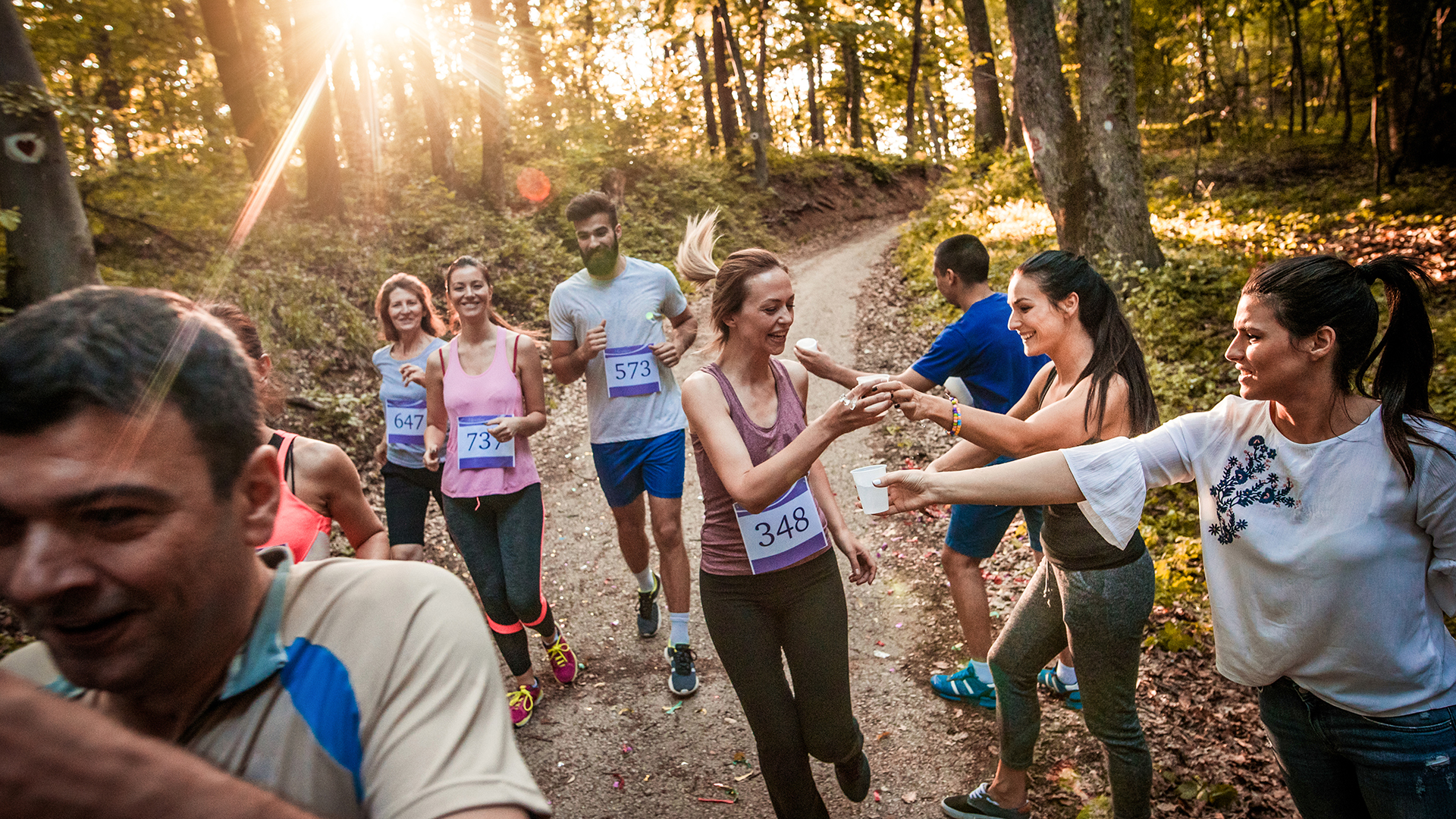
2. Volunteer
If you volunteer to help at a race or a certain number of events, they often provide perks like a free or reduced race place in return. Volunteering also allows you to learn about how events are run and what’s involved, and to meet the community. You might find you enjoy volunteering just as much as racing!
3. Lift share
Post on the race’s Facebook group about lift sharing with someone local, or someone who’s going in the same direction as you to or from the race. Occasionally a race organizer will put on a minibus from a station. If not, it’s always worth emailing the organizer with plenty of notice to ask if this could be an option if there are enough interested runners.
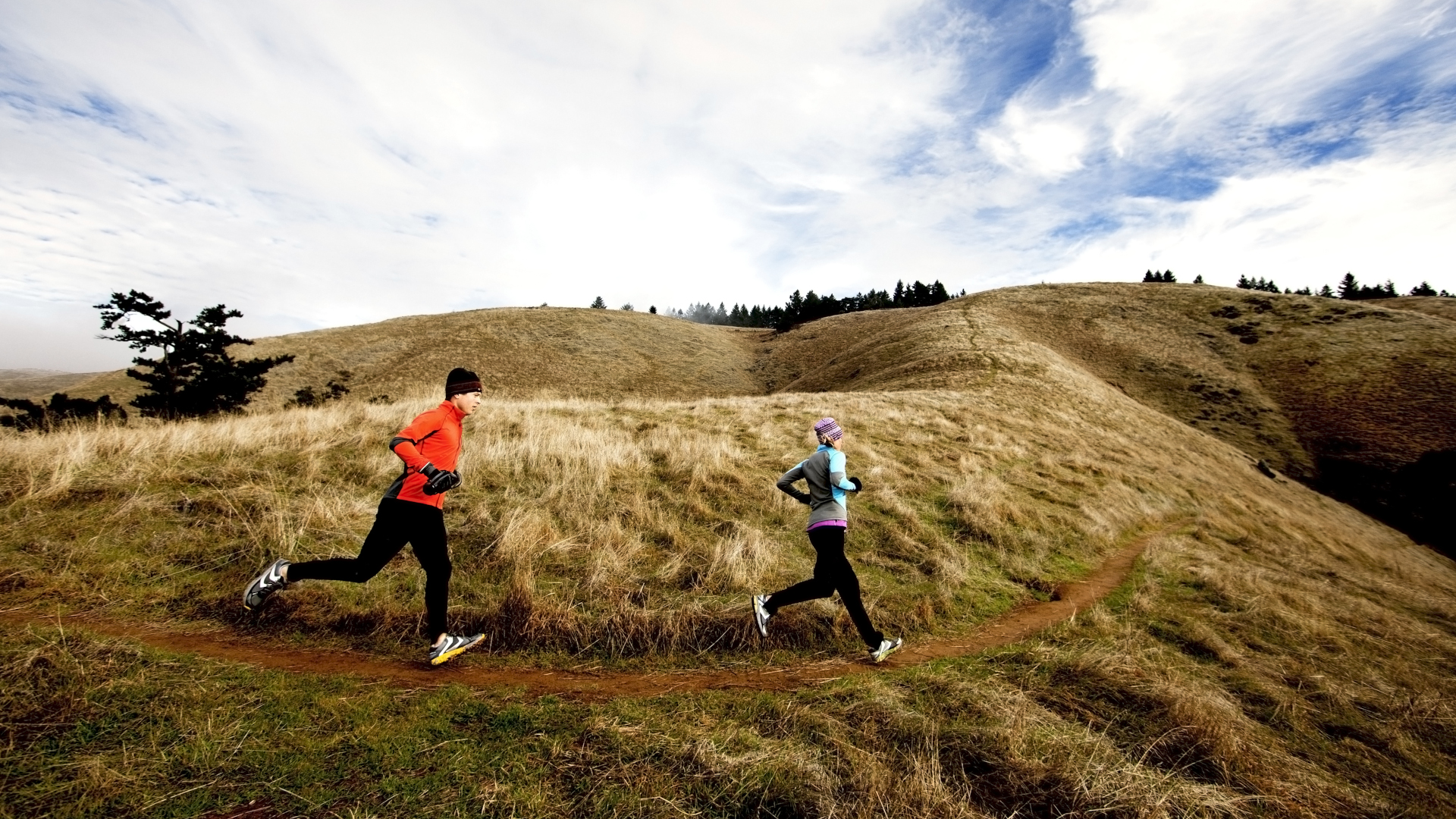
4. DIY ultra
Rather than running an organized race it’s exciting to create your own and practice your navigation skills into the bargain. Then it can be any length you like! Follow a National Trail or create your own route, perhaps locally around a lake, hill, county, pub crawl… whatever tickles your fancy. The Slow Ways path network shows routes through towns so you can refuel if needed.
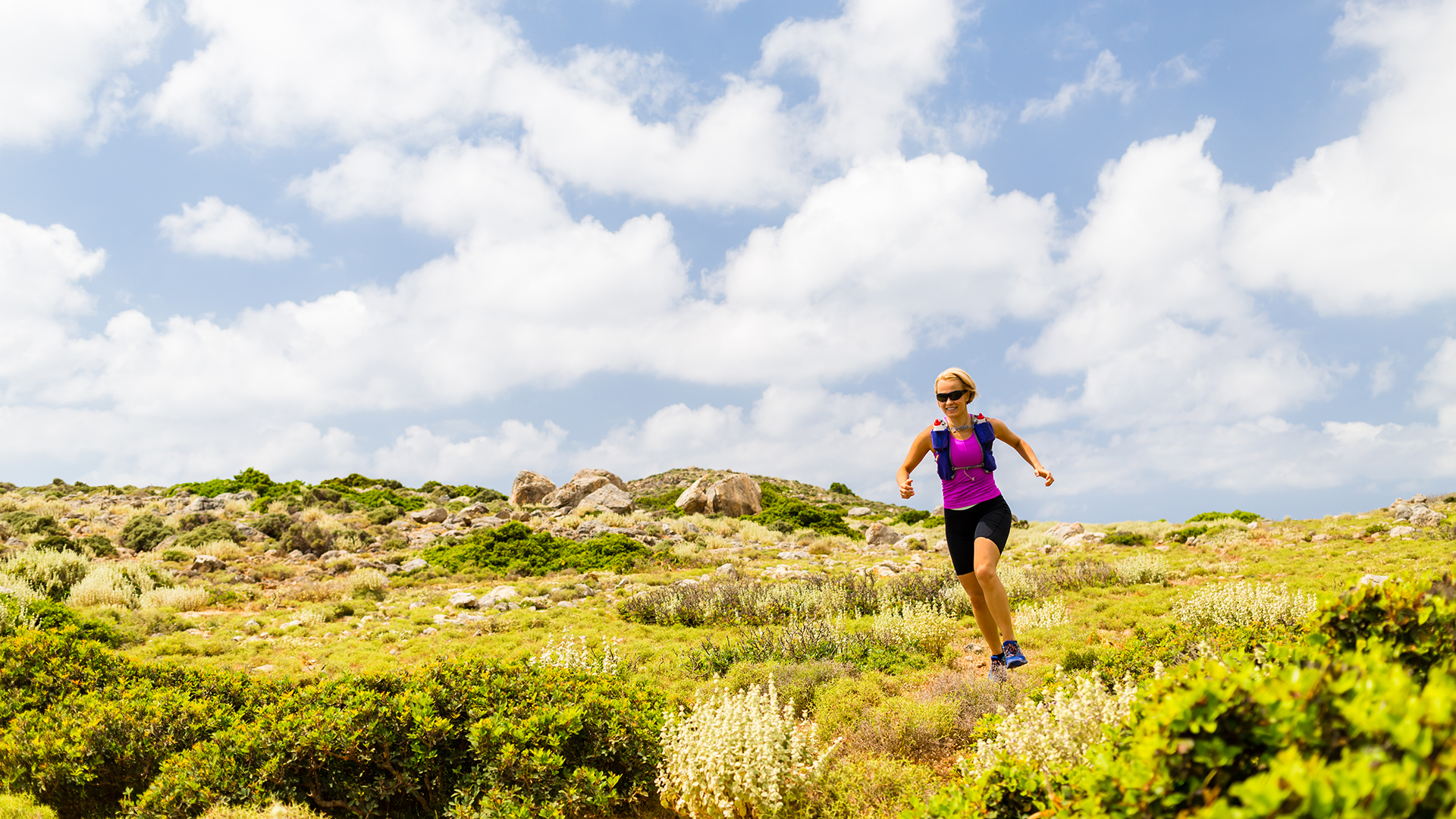
5. Start with short, summer ultras
Long, remote races in the winter mountains with few checkpoints rightly have lengthy kit lists. So when choosing a race, start with short, summer ultras as your introduction – they have less mandatory kit and you can build up your ultra wardrobe more gradually.
Advnture Newsletter
All the latest inspiration, tips and guides to help you plan your next Advnture!
6. Can you borrow rather than buy?
Borrowing kit allows you to figure out what works for you before you invest. It’s also worth posting in the race Facebook group to see if anyone has any spare gear they’d be willing to lend you. If the need is one-off, you might also find it cheaper to hire gear. Kitsquad sends out kit to low-income families, and they’re hoping to start a hire service soon.

7. Buy all-rounders
Go for kit that is suitable for a range of races and adventures: for instance, a 10-liter running pack rather than 3-liter, 5-liter and 12-liter race vests; or a medium-weight waterproof jacket that is good in winter as well as summer rather than a superlight emergency waterproof that will only serve you well in kind weather.
8. Buy second-hand
This is eco-friendly too so a double win here – try eBay, GumTree, Vinted, PreLoved Sports, and Facebook groups like Running Gear Buy & Sell and Outdoor Gear Exchange. It’s also worth posting in the race’s Facebook group to see if anyone has any spare gear they’re looking to sell on.
9. Buy to last
Saving up and investing in a really robust, good quality piece of kit can be much better for your wallet long-term, so scour the reviews on Advnture and ask in running groups on social media for opinions on bombproof gear.
10. Take care of your kit
A little care and maintenance will extend the life of your kit massively and save you a ton of hard-earned cash. Each item will have care instructions on the label or manufacturer’s website for you to follow. Nobody will think worse of you for having older kit: rather the opposite – more worn gear has great kudos on the trail. There is no such thing as ‘this season’s colors’ in ultra running.
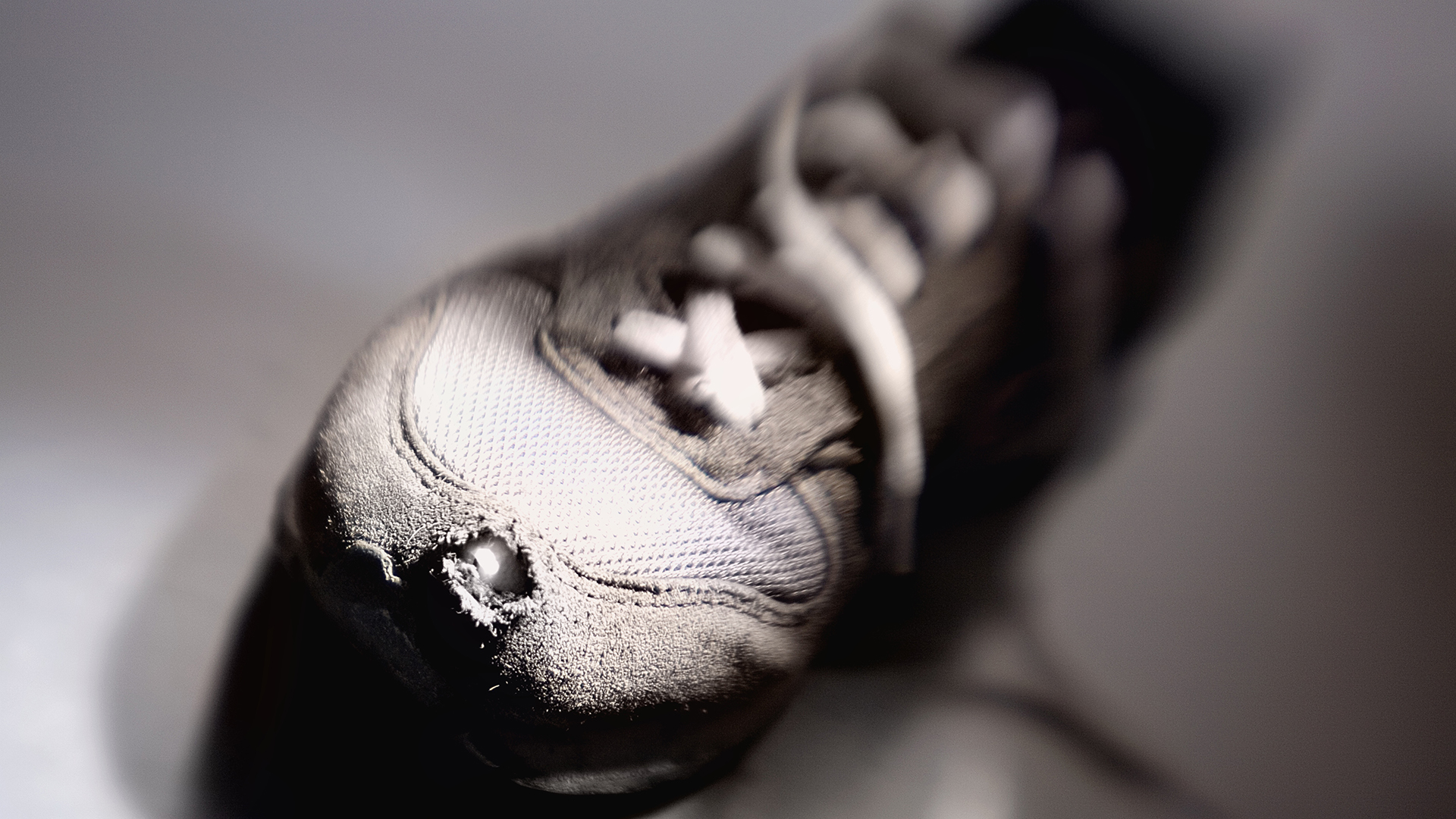
11. Repair your kit
Get friendly with a needle and thread for any holes that appear in your gloves or seams that come apart on your running pack. It’s easy to patch a small tear or wear point while you watch TV in the evening. If you really have zero skills, many brands now have a repair service you can use, or possibly you might have a willing relative that’s handy with a sewing machine – get them involved.
12. Use shoes for longer
Did you know it’s actually a myth that you should retire running shoes after 300-500 miles? Many runners now wear their shoes injury-free for 1,000 or 2,000 miles for training runs. However it’s nice to keep a ‘best’ pair for races or a newer pair with good tread for muddy or tough mountain terrain. Look for the previous season’s shoes in the sale, with tough uppers and hard soles, and avoid putting shoes in the washing machine as this can play havoc with the glue that binds them together.
13. Choose low-cost nutrition
Unless you are trying to podium you can easily get away with regular sweets from the supermarket aisles like Jelly Babies, plus a homemade cheese and pickle sarnie, and of course you can use the checkpoints as a free buffet – that’s what you’ve paid for! Take a sturdy sandwich bag to pop checkpoint fuel in and munch away on the move.
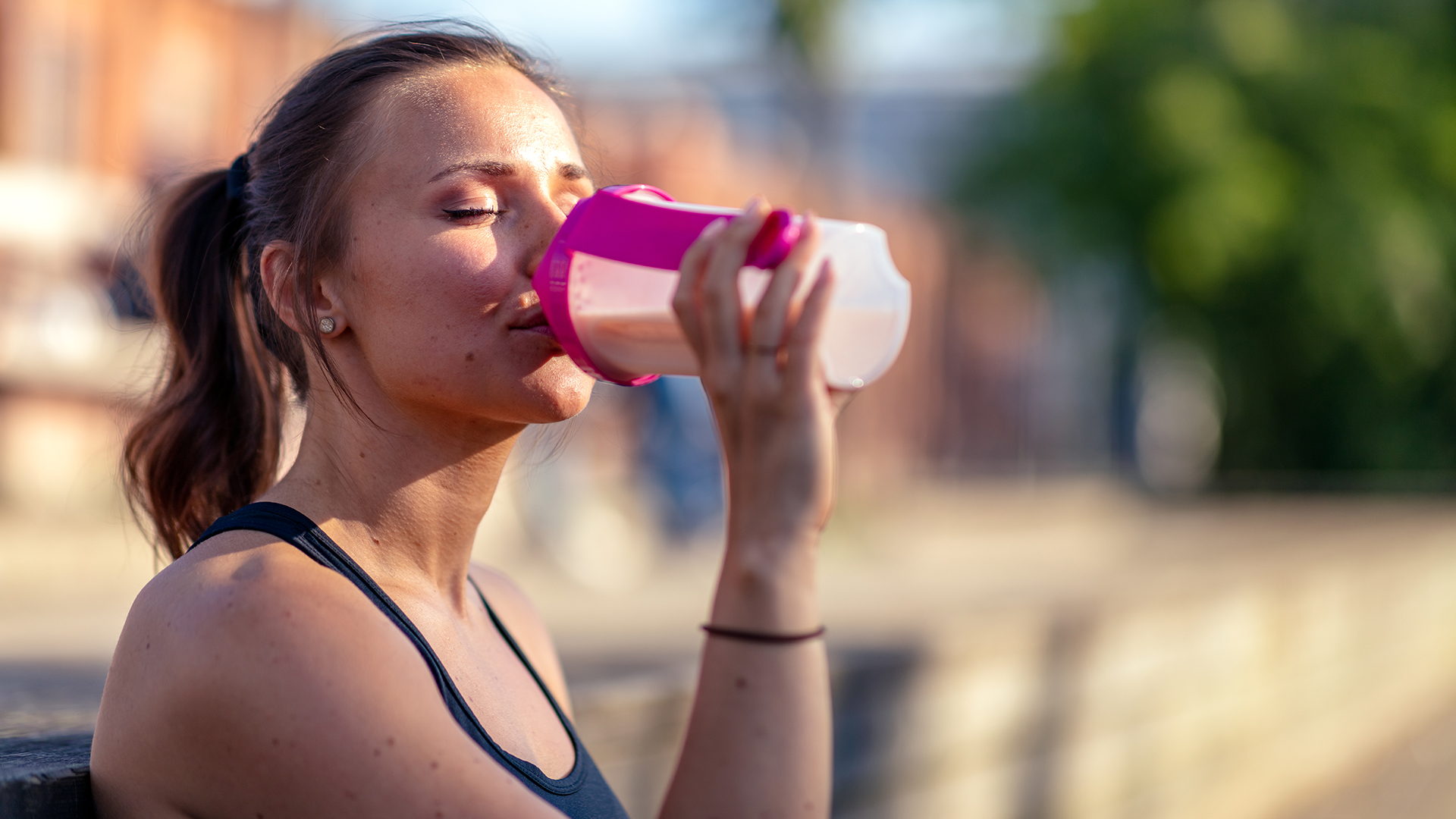
14. Make your own recovery drinks
Regular full-fat milk is one of the best and cheapest recovery drinks you can get. It’s refreshing, rehydrating and has a fantastic balance of carbohydrates and protein to replenish those tired muscles. If you’re feeling more adventurous, whizz milk up with some frozen cherries, a banana, a few squares of dark chocolate and a blob of yoghurt for a DIY recovery drink worth getting your blender dirty for. For vegans, soya milk is the best cow’s milk substitute, with a scoop of pea protein in to boost that vital ingredient.
15. Join a running club
If you're in England, use England Athletics’ ‘Find a club’ search on their website for your local group or try a social media-based one like Maverick Run Project, the Black Trail Runners, the Vegan Runners, Lonely Goat Runners and Run Together. Even the road running clubs usually have a trail and ultra running contingent, so try your local one. Once a member, for free or a very low annual fee you can get to know like-minded runners who will share their tips and support on races, kit, routes and training. They might lend you some quality ultra running kit or sell you some second hand, or even share lifts to races with you if you really hit it off!
- The best cheap running shoes: affordable footwear tested and recommended
The co-founder and former editor of Trail Running magazine, Claire now runs the YouTube channel Wild Ginger Running, creating films about trail- and ultra-running advice, inspiration, races and gear reviews. An award-winning journalist, writing for outdoor and adventure sports magazines and websites, Claire's first book, The Ultimate Trail Running Handbook (5k to 50k), is out now. Her second, The Ultimate Ultra Running Handbook (50k to 100 miles), is out Autumn 2024. Claire also speaks and presents at events and races.
